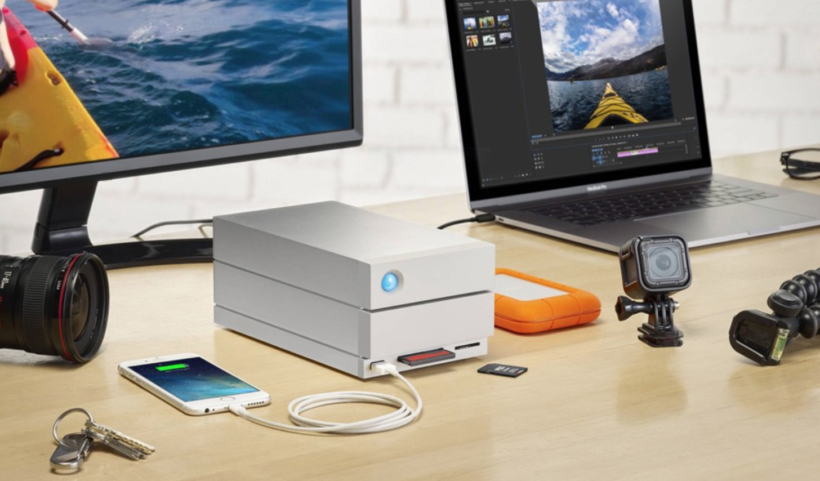RAID, also known as Redundant Array of Inexpensive (or Independent) Disks, isn’t meant for novice computer users. In fact, most RAID servers and devices are meant for enterprise-level computing where multiple disks are required to store data. But RAID is more than just a means of connecting two or more hard drives. Depending on your exact RAID configuration, you could experience greater data protection and increased system efficiency.
Typical RAID Configurations
Although there are many different configurations to choose from, there are some that are far more common than the others. Generally speaking, most users choose one of five different levels:
- RAID 0: The first level, known as RAID 0, takes advantage of disk striping to store data across multiple disks. While this is a great way to boost the performance of your system, it doesn’t provide much data protection. If one disk fails, you’ll likely suffer from some amount of data loss or corruption. In most cases, recovering your data will require a third-party software solution – if it’s even recoverable at all.
- RAID 1: Instead of disk striping, RAID 1 uses disk mirroring to establish fault tolerance. With disk mirroring, all data is copied – completely – across multiple disks. If one disk should fail, you’ll still have your data stored safely on another.
- RAID 5: The most common RAID configuration in enterprise and business settings, RAID 5 offers increased performance from RAID 1 while still providing fault tolerance.
- RAID 6: Another configuration that is commonly seen in enterprise environments, RAID 6 is identical to RAID 5 except for one caveat: RAID 6 offers an extra parity block. As a result, RAID 6 offers even more fault tolerance and data protection than RAID 5.
- RAID 10: Sometimes known as RAID 1+0, RAID 10 effectively combines RAID 1 and RAID 0 to utilize both data striping and data mirroring. RAID 10 provides a significant performance boost, but it’s one of the more costly configurations to deploy.
Other RAID Configurations
As mentioned earlier, there are some additional RAID configurations, too. Most are simply variations on the levels mentioned above, but some are useful in certain situations.
- RAID 2: Closely related to RAID 5, RAID 2 replaces disk striping with the use of a parity block for error-checking and data recovery.
- RAID 3: This configuration is also similar to RAID 5, but the big difference here is the use of a dedicated parity drive. RAID 3 is generally reserved for database environments.
- RAID 4: Similar to RAID 3, RAID 4 implements disk striping at the byte level instead of the bit level.
- RAID 0+1: One of the more complicated RAID configurations, RAID 0+1 uses a mirrored array with a series of RAID 0 arrays. This configuration is common in environments that require high performance computing.
Now that you have a better understanding of RAID technology, as well as an in-depth look at some of the most common RAID configurations, you’ll be able to make the right decision regarding RAID implementation in the workplace or even in your home.
Laila Azzahra is a professional writer and blogger that loves to write about technology, business, entertainment, science, and health.
